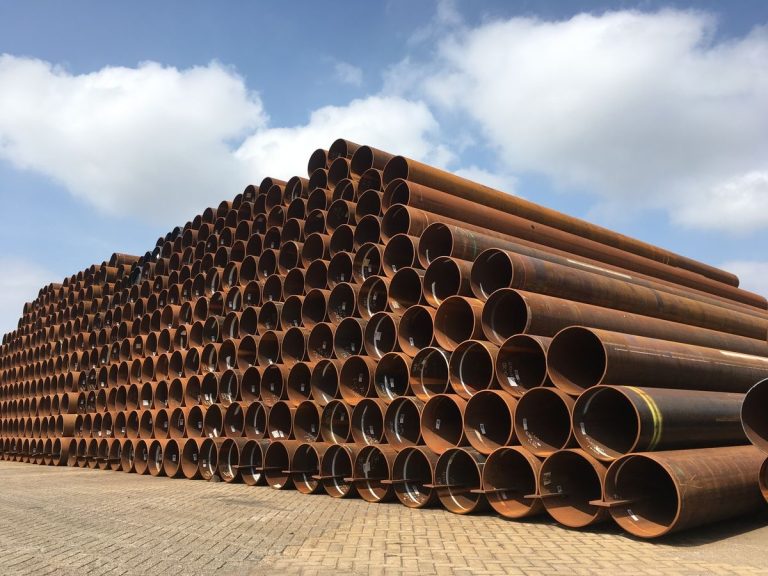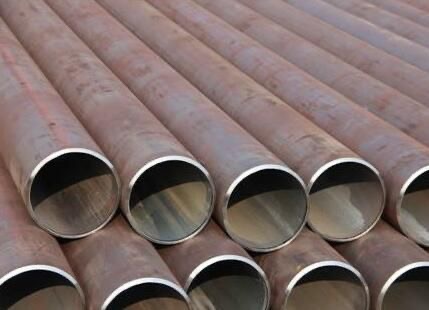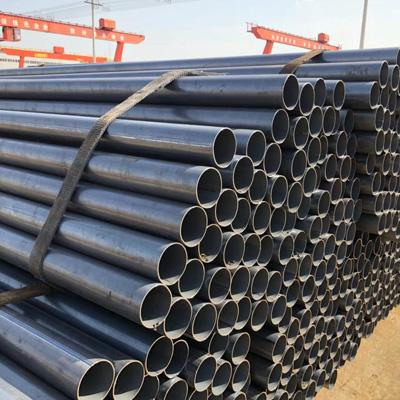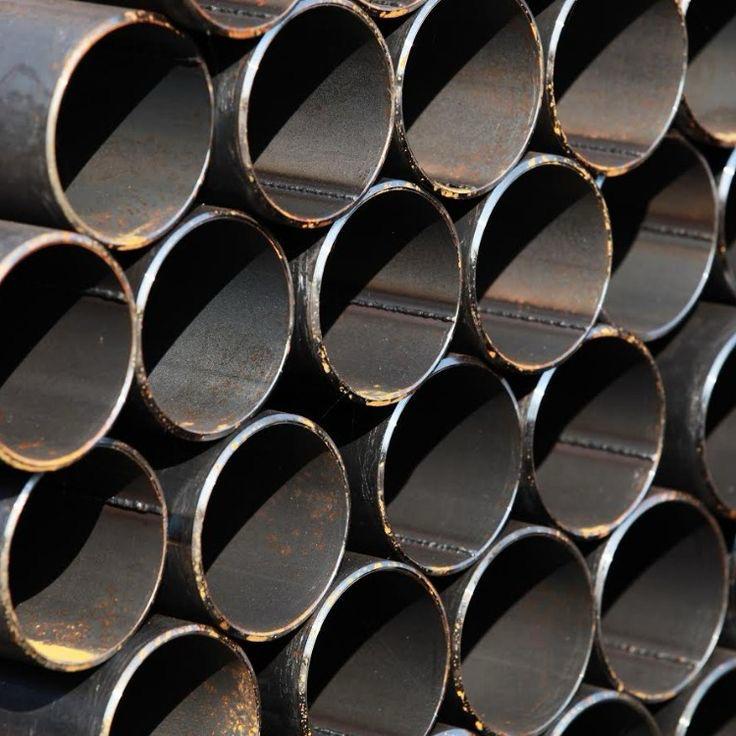



Comprehensive Guide:
Pipes are fundamental components in various industries, playing a vital role in the transfer of fluids, gases, and even solid materials. Among the vast diversity of pipes, steel pipes and stainless steel pipes (stainless steel) are among the most widely used options due to their high strength, durability, and resistance. Although both are made of steel, key differences in alloy composition and manufacturing processes distinguish them for specific applications. In this guide, we will explore the features, advantages, applications, and main differences between these two types of pipes to help you make the best choice for your project.

What is a Steel Pipe? A Look at Features and Types
A steel pipe refers to cylindrical structures made from various steel alloys, used for transferring fluids, gases, or even for protecting equipment and cables. High resistance to pressure and mechanical durability are prominent features of these pipes. Steel pipes are primarily categorized into two main types based on their manufacturing method:
